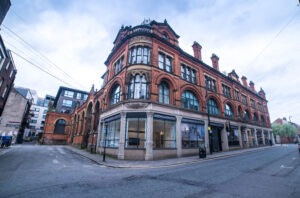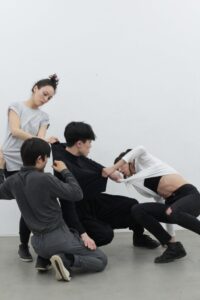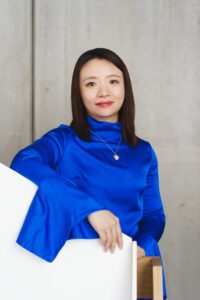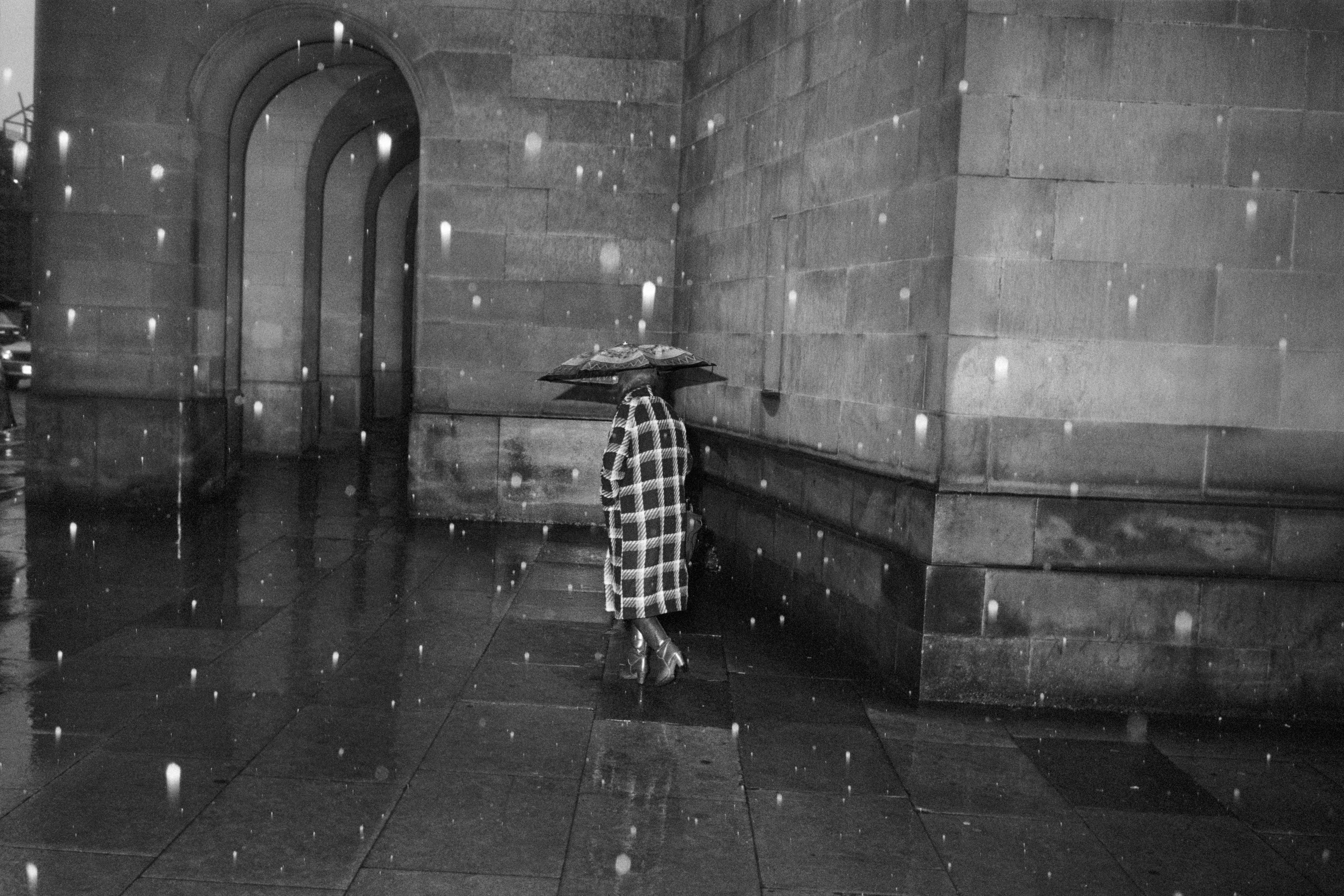Mancunians knew it as the Centre for Chinese Contemporary Art. Now the UK’s only non-profit art centre specialising in artists and art practices informed by East and South East Asian (ESEA) cultural backgrounds has repositioned itself as esea contemporary. Northern Soul talks to its new director, Xiaowen Zhu, to find out more.
——————————————————————————————————————————————————————————
Northern Soul: Why was a transformation of the Centre for Chinese Contemporary Art needed?
Xiaowen Zhu: esea contemporary’s (East and South East Asian) identity has always been an evolving one. The organisation’s story began in 1986 with a community-oriented visual arts festival which took place under the name Chinese View ’86. Three years later, recognising a growing need in the community for wider representation, the Chinese Arts Centre (CAC) opened its doors in Chinatown. It held its first large-scale contemporary art survey in 1992, conveying the experiences of second and third generation British Chinese artists. In 1996, the CAC relocated to Edge Street in Manchester’s Northern Quarter, with a new emphasis on bringing contemporary Chinese art and artists to larger audiences.
The CAC received funding from Arts Council England to develop a purpose-built site, which opened its doors in 2003. In the next decade, the organisation continued to evolve, becoming an important international hub for Chinese contemporary art. In 2013, it was renamed Centre for Chinese Contemporary Art (CFCCA) to reflect this ethos.

esea from Thomas Street 2017. Credit: Arthur Siukstra.
In 2021, the artist community criticised the then CFCCA, its working practices and leadership. An independent audit subsequently commissioned by the board revealed a number of management and structural weaknesses, including a lack of representation of people with an ESEA background. As a result of this, the organisation has appointed a new leadership team and six new trustees.
After a period of vigorous redevelopment and transformation throughout 2022, the organisation is relaunching with a new identity and mission, to platform artists and art practices that identify with and are informed by East and South East Asian experiences under its new name esea contemporary. With this unique focus, esea contemporary acknowledges the connections and shared experiences of ESEA communities and their diasporas in the UK and the world, and aims to widen access to contemporary art practices that explore and engage with those identities.
We believe that this new identity enables us to archive and convey community stories and memories to ensure an inclusive cultural ecology and compassionate worldview. Our team is passionate about exploring and initiating new ways of displaying, communicating, and researching ESEA contemporary art through inventive and collaborative approaches.
NS: What has the transformation entailed?
XZ: I was appointed as the centre’s new director in June last year. Alongside my appointment, we welcomed a new chief operating officer, a new associate curator, and the organisation’s first ever community development and engagement manager. In addition to the new trustees, we have also established an artistic advisory panel to provides advice, expertise, and assistance to the centre’s leadership and staff team on its diverse programmes and operation.

Rehearsal of the Future Is the World Your Friend. Isaac Chong Wai. Credit: Alice Yu.
Our new team has been working assiduously to develop our new direction, which is more engaging, dynamic, and boundary-pushing. Through ongoing public engagements in 2022, such as the EXCHANGES programme – which spurs communal expression and creates a space for participants to metabolise collective energies, and through workshops and focus groups, we have collaborated with a wide range of creative thinkers and stakeholders to redefine our mission and values as we prepare to reopen to the public.
NS: What is the thinking behind the new name?
XZ: The centre’s new name indicates our profound trust in the ESEA community. As a regenerated organisation, we strive to empower artists, curators, academics, and cultural practitioners whose work reflects, investigates, and is informed by topics pertinent to the ESEA community at large.
The term ESEA has been increasingly adopted by community and grassroots initiatives to seek solidarity with each other, and widen participation and advocacy, particularly across the English-speaking diaspora. As the organisation enters a new era we want to become a more inclusive, empowering voice that reflects the aspirations of our communities.
NS: What can visitors expect from the redeveloped centre?
XZ: Our opening exhibition Practise Till We Meet is guest curated by Hanlu Zhang, and features commissioned and existing works by Asia-Art-Activism (AAA), Asian Feminist Studio for Art and Research (AFSAR), Audrey ALBERT, Isaac CHONG Wai, Koki TANAKA, LIU Weiwei, and Mimian HSU. It explores diasporic experiences, the condition of migration, and the adaptations required to make a new life in a new place. The participating artists and collectives are based in three continents, more than five countries, speak multiple languages, and identify with more than one homogenous contemporary culture.
NS: What is planned for this year?

Xiaowen Zhu. Credit: Haishu Chen.
XZ: Our opening exhibition runs until May 28 and will be accompanied by a full events programme including free tours. The exhibition is also free to attend.
We’ll be announcing more information about the rest of our 2023 programme, including a solo show by Dinu Li, soon.
Main image: credit Koki Tanaka, Vulnerable Histories (A Road Movie)











